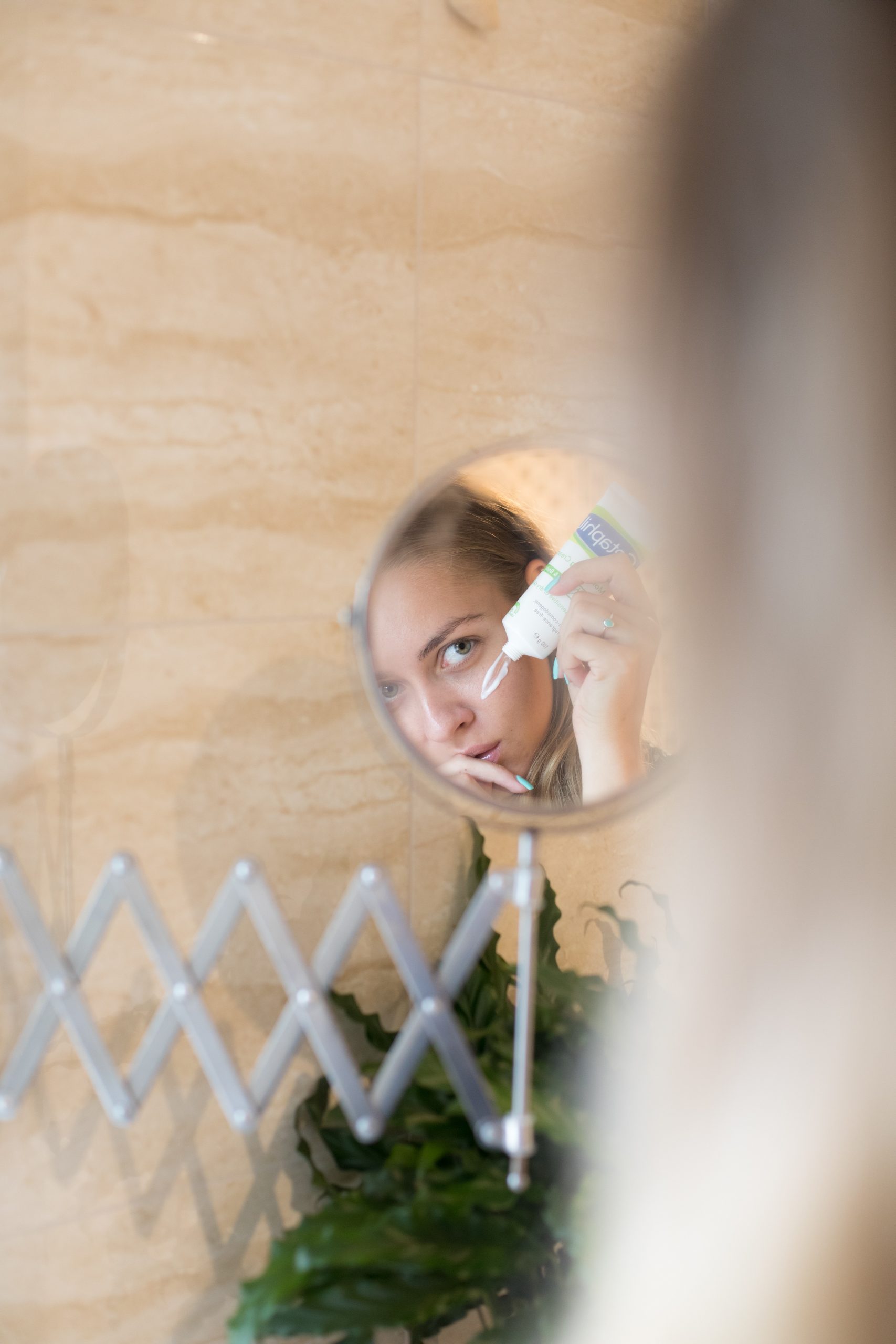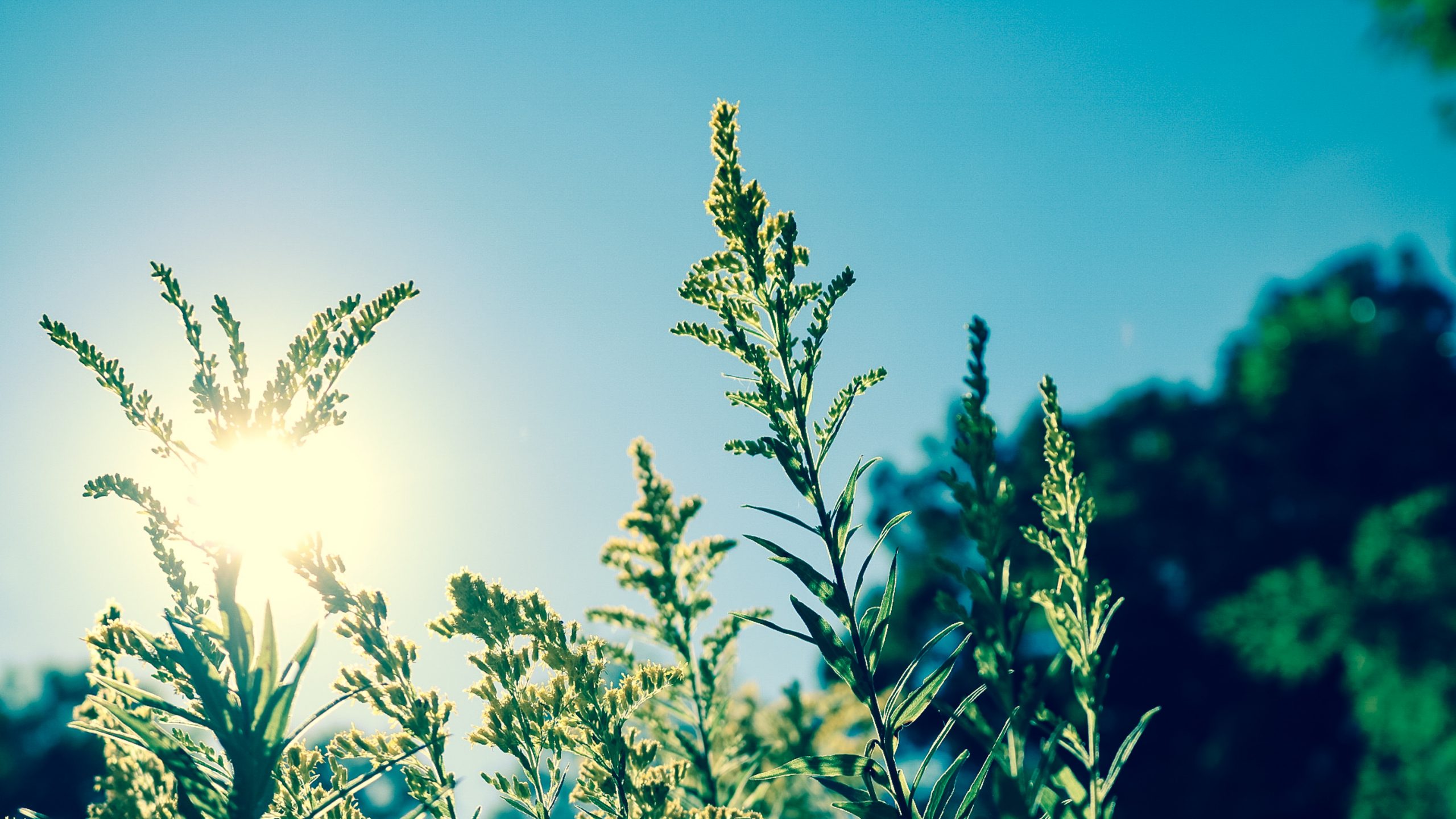
The sun is finally shining in Ireland and the first thing we all want to do is run outside and soak it all up – probably because if we blink it might rain again.
It is proven that sunlight can have many benefits including giving a boost to our serotonin levels and also alleviating anxiety.The sun also produces vitamin D which is extremely good for bones, teeth, skin, hair and nails.
While we are all a fan of being out in the sun it is important we think about the dangers of the sun and the damage it can have on our skin.
Sun exposure is a huge contributor to premature ageing and skin cancer risks and wearing just suncream is not enough.
According to the Irish Cancer Society skin cancer is the most common cancer in Ireland, with over 13,000 new cases diagnosed every year. The National Cancer Registry of Ireland (NCRI) expects this number to double by 2040.

Skin cancer is a disease of skin cells. Nine out of every 10 cases are caused by UV rays from the sun or sun beds.
We recently sat down with Professor Caitriona Ryan a consultant dermatologist at the Institute of Dermatologists in Dublin to understand the safest way to enjoy the sun this summer.
Here are the best ways to get a tan safely!
Suncream!
There are many different types of suncream out there but it is most important to wear sunscreen with a broad spectrum of UV protection.
Dermatologists recommend wearing at least SPF 30. If you’re fair-skinned or in very hot sun, the recommendation increases to SPF 50.
“I always have at least 30 on my body and reapply every two hours and then use sunblock on my face, 30 or higher, and reapplying every two hours.”
Even SPF 30 is not strong enough to completely block UVA and UVB rays. If it is guaranteed protection from the sun you are looking for then it might be best to stay out of the sun altogether.
“You know, I was that person years ago, I used to do it myself. I’ve done all the wrong things. So I’m not saying I’m saying it more somebody has done it all wrong as well not just as a dermatologist, you know,” Professor Ryan shared.

Peak Heat
Have you ever gone out in the middle of the day and just felt like you will never cool down again? Well, that is because the sun is at its highest point and its rays are at their strongest point.
These rays are usually at their strongest between 10am and 4pm.
Irish Cancer Society further recommends using their SunSmart code which tells you to seek shade, cover up, wear sunglasses and sunscreen and check the UV Index to get the best protection possible. Always make sure to think about how you will protect your skin when outside.
Sun exposure is the best natural source of vitamin D and is important for general health. You can still go for walks, enjoy the garden and get involved in all of the things you enjoy doing outdoors. Just make sure to think about how you will protect your skin when outside.
If you’re sitting out in the sun, change your angle often to help avoid extended and direct exposure to specific body parts.

Tanning beds? – Absolutely not
In the same way the sunbeams out UV rays, tanning beds recreate this process but only much much stronger.
Skin cancer is the fastest-growing cancer in Ireland. There are over 1,3000 new cases of skin cancer diagnosed each year – over 12,000 non-melanoma skin cancers and 1,100 melanomas.
One session of sun beds will increase your risk of developing squamous cell skin cancer by 67%, basal cell skin cancer by 29% and melanoma increases by 20%.
Sun beds give out higher doses of UV rays than middle-day sun.
The risk of melanoma is actually greater among young women, Professor Ryan explains: “It’s not an old person’s cancer and if it isn’t picked up early hen it’s usually fatal.”
If you were to spend 20 minutes on a sun bed this is the equivalent of spending several hours in the sun but with absolutely no sunscreen on.
Professor Ryan added: “Putting on your fake tan takes less time” and we couldn’t agree more.

Use food to tan, who would have thought?
Of course, we all know someone who has used carotene and turned into an Oompa Loompa but there may be a method to their madness.
Some foods can actually contain beta-carotene which allows for a golden tan.
The most common ones would be carrots to tomatoes but many fruits also have the same effect. Mostly yellow and red or orange fruit and vegetables, then carrots, peppers, apricots, peaches, watermelon, melon, strawberries, and cherries all typical foods of the summer season.
Certain foods are known to increase lycopene, the skin’s own SPF. An antioxidant found in tomatoes, and other red and orange fruit and veg, it can boost your sun protection by 33%.
Professor Ryan also recommends taking food supplements which contain antioxidants which protect from the sun and its free radical damage to reduce a little bit of the cancer risk.

Skip the hassle – fake it!
Instead of going through all of that maybe we should stick to what we know and fake it.
With a wide range of fake tans and spray tans available why not just fake the glow and skip the sun damage?
There is an active ingredient in tanning lotions and sprays, dihydroxyacetone (DHA), which reacts and binds with the surface-level cells on your skin, causing them to darken.
It is important to note that while you don’t have to lie out in the sun for hours with your fake tan it does not in any way offer sun protection and you definitely still need to wear sunscreen.




